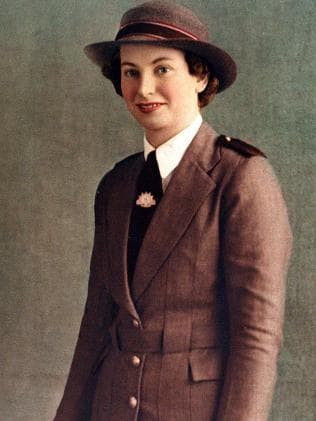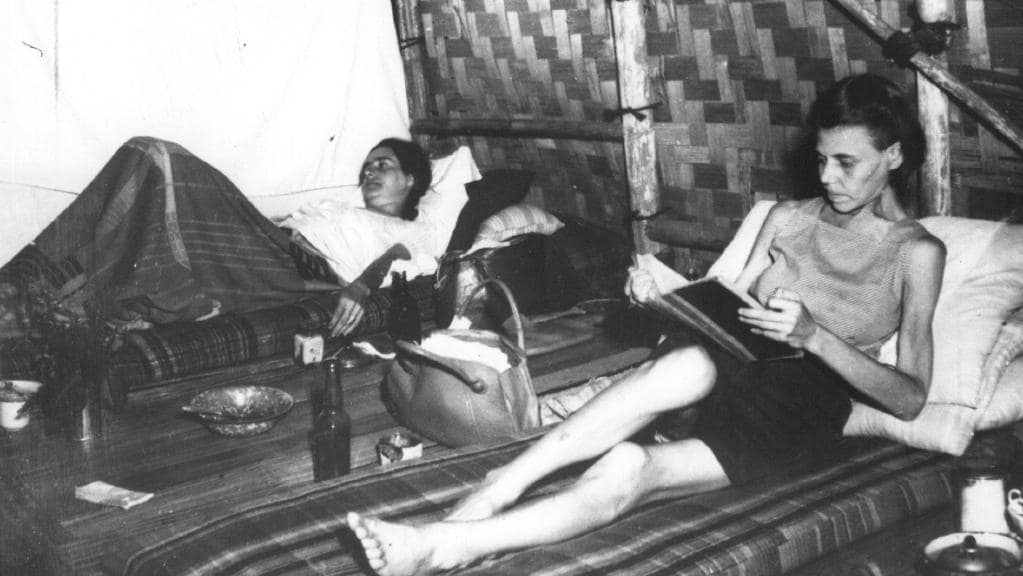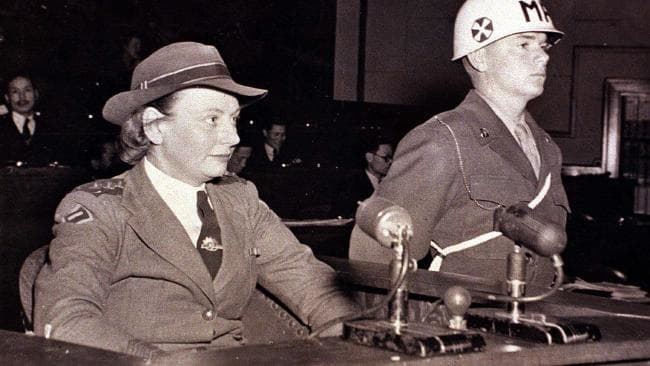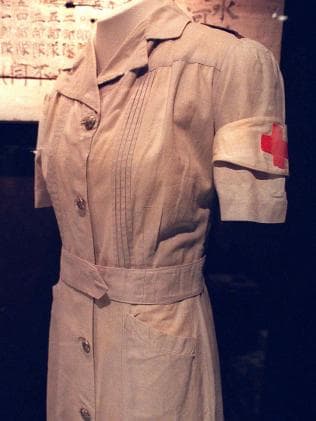12 February 2021
 Image: World War II nurse and prisoner of war Vivian Bullwinkel in 1941
Image: World War II nurse and prisoner of war Vivian Bullwinkel in 1941
This Sunday at Government House a memorial will be held for the 22 Australian Army Nurses who were machine-gunned by Japanese soldiers on Bangka Island’s Radji Beach on February 16, 1942, and to all the courageous Australian women who served their country in the armed forces.
The story of Singapore, of the Bangka Island Massacre, and of the subsequent tribulations of the survivors in a prisoner of war camp, is an epic and harrowing account of brutality and heroism.
The decision to evacuate all nurses from Singapore was made on February 6, 1942, when it became clear a Japanese invasion was imminent.
Sixty-five Australian nurses embarked on the small coastal steamer Vyner Brooke on February 12, the last of three hastily refitted hospital ships to leave. The remainder of the passengers were mainly mothers and small children. The nurses knew that in the event of the ship coming under attack, their duty was to tend to the injured. They would be the last to abandon ship.
On 14 February 1942, as the Vyner was passing between Sumatra and Borneo, Japanese aircraft bombed the heavily overloaded vessel. Built to hold fewer than 15 passengers, it now carried more than 300. It sank in under 20 minutes. Despite the dire situation, the nurses attended to the passengers, ensuring that they got life jackets on, and ushering them into lifeboats.
Twelve Australian nurses were killed in the attack. Of the remaining 53 nurses, 22 reached Bangka Island. The remainder were lost at sea.
A group of 60 survivors, including the 22 Australian nurses, landed in lifeboats on the northern coast of Bangka Island. They voted to surrender to the Japanese rather than starve to death, but the Japanese patrol that found them did not accept their surrender.
The nurses were ordered by the Japanese to form a line and walk into the sea. The women knew what was going to happen to them, but none panicked or pleaded for mercy. When the water reached waist height, they were machine-gunned down from behind. Those that didn’t immediately die were bayoneted.

Miraculously, there was one survivor, South Australian nurse Vivian Bullwinkel, who upon discovering that she was only wounded, played dead, floating in the shallow water. The bullet had passed through her body without hitting vital organs.
With incredible mental strength and endurance, she evaded the prowling Japanese. Ten days after the massacre, Vivian felt strong enough to leave her hiding place in the jungle and decided to walk to Muntok and surrender.
Realising the lives of all the survivors of the Vyner Brooke would be at risk if the Japanese discovered what she had seen, she concealed her wound and treated herself. A slung water bottle hid the bullet hole in her frock. For three and half years of imprisonment, an organised and enforced silence among the party prevented the Japanese from learning that she was the sole survivor of the shocking massacre. It would have meant her certain death.
In 1947, the same year she retired from the army, Vivian gave evidence of the massacre before a War Crimes Tribunal in Tokyo.

She devoted herself to the nursing profession and to honouring those killed on Bangka Island, raising funds for a nurses’ memorial and serving on numerous committees, including as a member of the Council of the Australian War Memorial.
She died in Perth of a heart attack on July 3, 2000, aged 84.
“During my years as Veterans’ Affairs minister, I had the incredible honour to get to know Sister Vivian Bullwinkel,’’ then MP Bruce Scott told Federal Parliament in 2008.
“Her strength of character, compassion and her amazing emotional capacity to forgive her captors cannot truly be expressed in words. Until her death almost eight years ago, she endlessly devoted herself to honouring the service and lives of her fellow nurses. She received the Florence Nightingale Medal, an MBE and an AM. As well as opening a memorial on Banka Island, the year before her death Vivian attended the opening of the Australian Service Nurses Memorial on Anzac Parade, which honours all past and present Australian service nurses.

“In the Hall of Memory in the Australian War Memorial a stained-glass window of a nurse stands above our unknown Australian soldier. Accompanied by the Red Cross symbol, the Australian Coat of Arms and the sign of charity, the nurse symbolises ‘devotion’. Sister Vivian Bullwinkel embodied this quality. She is a role model. Dedicated to her patients, her fellow nurses and their enduring legacy, she was the living example of that stained-glass symbol of charity and devotion.
“It is important that … all of us take the time to remember Vivian, her fallen comrades and the many Australians who sacrificed so much to give us what we often take for granted today. Indeed, it is Vivian herself who put it best—and I quote:
‘I would like people to appreciate that the lives, opportunities, sports and freedom for our young were bought at a price’.’’
On Sunday and again on Tuesday, February 16, we will be thinking of Vivian and the many Australian nurses who have served in the armed forces. Due to COVID-19 restrictions, the Government House memorial will be invitation only.